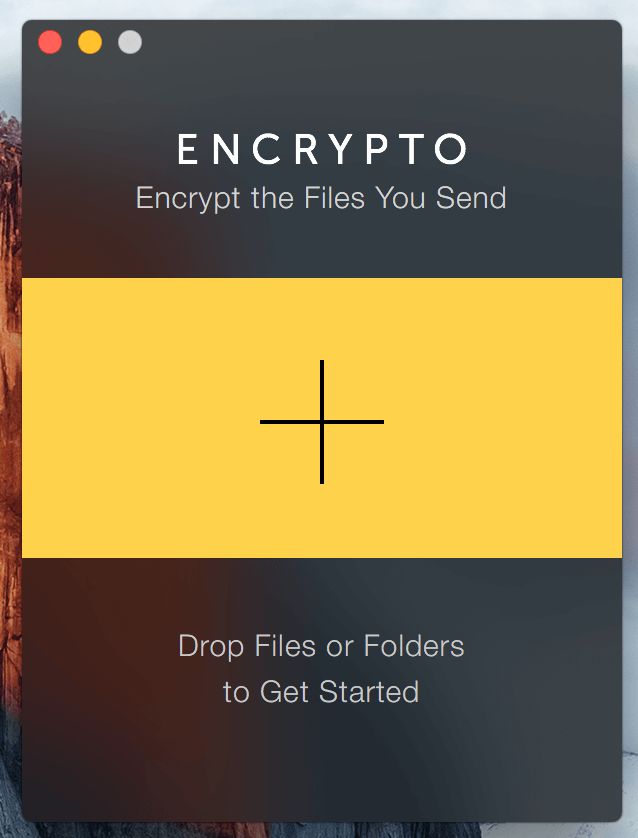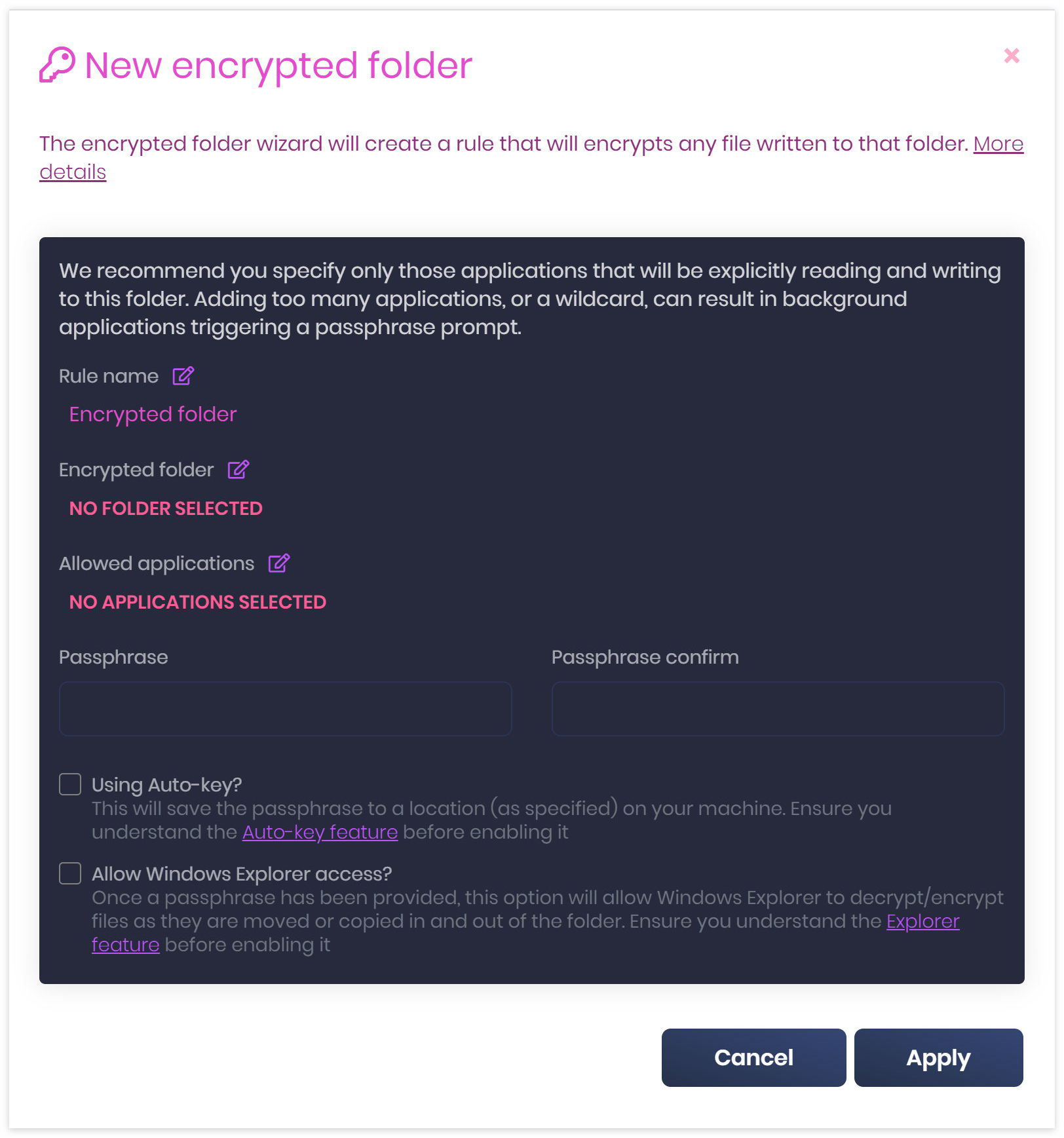
Using this encryption technology, we can efficiently encrypt and decrypt selected files and directories in the filesystem, where other not so important files and directories can remain unencrypted at the same time. Rather, encryption is done on filesystem level. With File level encryption, individual files and directories in the filesystem are encrypted by the filesystem itself. What is File System Level Encryption(FFE)? When the system starts, it prompts the user to provide an encryption key, and using that encryption key data is decrypted and the system boots and runs normally.
FOLDOR ENCRYPTION FULL
In Full Disk Encryption technology, the whole disk gets encrypted using an encryption key. Once an attacker has gained access to the remote file shares, it’s simply a matter of traversing directories, finding the files that he or she wants, and copying them. Unfortunately, people often leave this data unprotected. Both of these cases involve the proper operation of data storage devices. Most data breaches are either due to insider actions, both intentional and accidental, or are intercepted while in transit. Individual and business users want to take solace in knowing that if an attacker ever finds their documents, this “data at rest,” will be useless and unreadable.

Let’s drive into detail of full disk encryption vs file and folder encryption.

This article explains why you should use file and folder Level encryption on top of full disk encryption. 5 Final Thoughts: Full disk encryption Vs file and folder encryptionĭata at rest, Data in Transit and Data in Use, these three terms we often hear when someone talks about data protection.


 0 kommentar(er)
0 kommentar(er)
